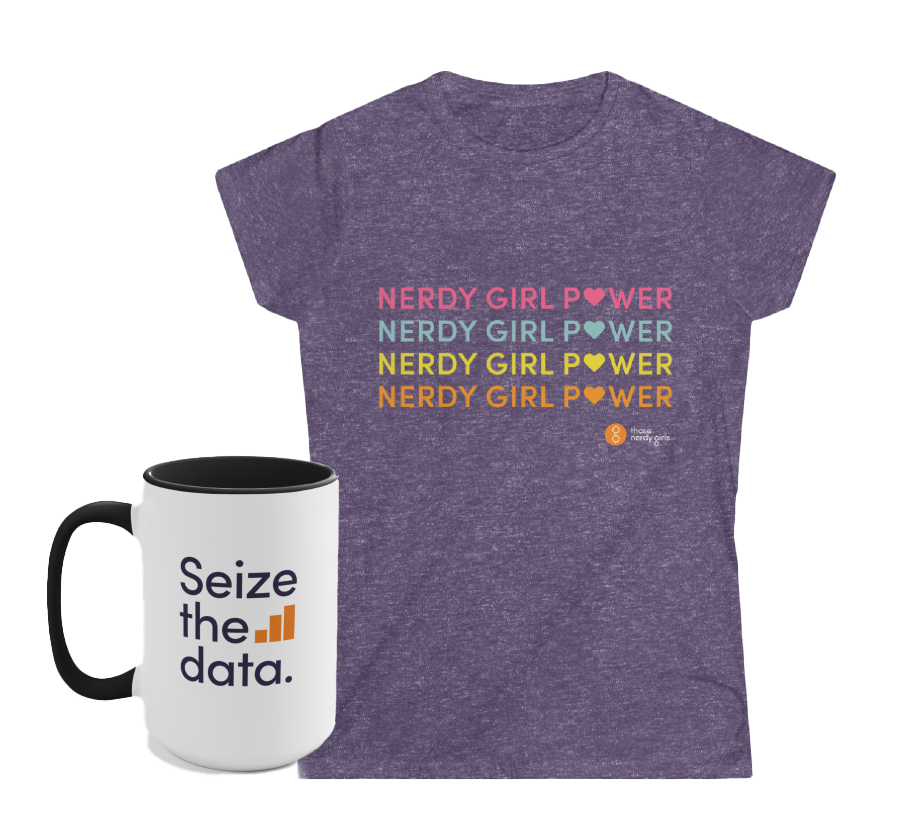The CDC is part of the U.S. government that helps protect human health and prevent disease. Their primary role is to gather health data, analyze it, and offer recommendations and public health support.
➡️ What is the CDC?
Nearly 80 years ago the CDC was started to help stop the spread of malaria. At that time it was called the Communicable Disease Center. Today, the CDC is short for Centers for Disease Control and Prevention. Its mission has expanded to improve health and prevent many diseases.
People who work at the CDC include people with many different types of expertise, such as:
🔹 Clinicians, like nurses, doctors, and dieticians
🔹 Health scientists, like immunologists and epidemiologists
🔹 Public health workers
🔹 Environmental health researchers
🔹 Experts in data, statistics, and population health
🔹 Health science educators and communicators
The CDC operates under the Department of Health and Human Services (HHS). Its budget (money to operate) comes from Congress. The person in charge of HHS (the HHS Secretary) oversees how money is spent.
Although the CDC is part of the federal government, it isn’t based in Washington. D.C. The CDC headquarters is in Atlanta, Georgia. It’s also not one center. The CDC is divided into 12 different centers. Each center focuses on a different health concern. Some examples include:
🔹 Emerging (new) infectious diseases
🔹 Immunizations and lung disease
🔹 Preventing chronic disease like diabetes and high blood pressure
🔹 Health of people living with birth defects and developmental disabilities
🔹 Accident, injury, and violence prevention
🔹 Environmental health concerns
➡️ What does the CDC do?
Most of the work done at CDC is not regulatory, meaning that the CDC is not the one that makes public health rules. The CDC generally does the following:
✅ Gathers health information
The CDC gathers health data that their non-CDC partners share with them. Then, they study the combined data and share the findings with everyone. They work closely with state, local, and tribal health departments that collect data. They also work with private partners in industries that affect public health, like companies that make foods, medicines, and technologies.
The quality of CDC data depends on how well their partners collect health data and how soon they send it to them. Sometimes, there are gaps or delays in information sharing. Although it’s not a “perfect” system, combining health data from many public and private partners has major benefits. This compiled data allows experts at the CDC to better understand what’s happening to health across multiple locations and around the country. It also helps them detect public health threats early to better prepare and protect the public.
Example: By tracking flu viruses throughout the world, the CDC can make recommendations for how flu vaccines should be updated to protect against the flu viruses expected the following season.
✅ Makes public health recommendations
People who work at the CDC come up with recommendations based on what they learned from studying nationwide health data. They generally advise by offering suggestions rather than by regulating or issuing rules. The CDC’s recommendations help local health partners prepare and respond to health threats in their areas. Local health departments and healthcare facilities use information from the CDC to help them decide what’s best for the people they serve. Over time, CDC recommendations may change based on new information or understanding.
Example: By collecting information regarding opioid use and overdose, the CDC can make recommendations to protect people from opioid-related harms.
✅ Assists local health departments
The CDC can help a location within a state during an outbreak, such as the flu. They can also help a state facing public health concerns following a disaster event like a hurricane. The CDC will only provide technical assistance or support if the state or jurisdiction requests assistance.
Example: The CDC can help local health departments collect data on medical needs following a hurricane so they can learn how to prepare for surges following future weather-related events.
✅ Helps connect public health partners
The CDC can facilitate communication between states during outbreaks and emergency responses. For example, if a local health department is overwhelmed or doesn’t have resources available, the CDC can help them communicate sensitive health information that needs to be shared quickly to protect the public. The CDC also connects with public health partners globally to help watch for new or changing patterns in spreadable infections like COVID-19 and bird flu.
Example: The CDC can help states track foodborne illness and coordinate communication to help find the source of an outbreak.
✨ Without the CDC, state, local, and tribal health departments would not be able to observe nationwide trends and might struggle to respond to outbreaks and emergency responses.


